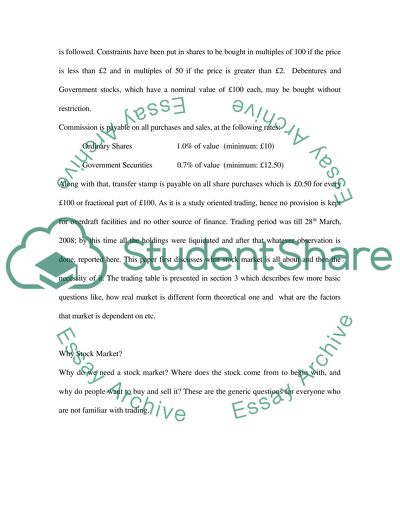Cite this document
(“London Stock Exchange - Why Invest in Shares Research Proposal”, n.d.)
London Stock Exchange - Why Invest in Shares Research Proposal. Retrieved from https://studentshare.org/marketing/1525847-stock-market-master-essay
London Stock Exchange - Why Invest in Shares Research Proposal. Retrieved from https://studentshare.org/marketing/1525847-stock-market-master-essay
(London Stock Exchange - Why Invest in Shares Research Proposal)
London Stock Exchange - Why Invest in Shares Research Proposal. https://studentshare.org/marketing/1525847-stock-market-master-essay.
London Stock Exchange - Why Invest in Shares Research Proposal. https://studentshare.org/marketing/1525847-stock-market-master-essay.
“London Stock Exchange - Why Invest in Shares Research Proposal”, n.d. https://studentshare.org/marketing/1525847-stock-market-master-essay.


